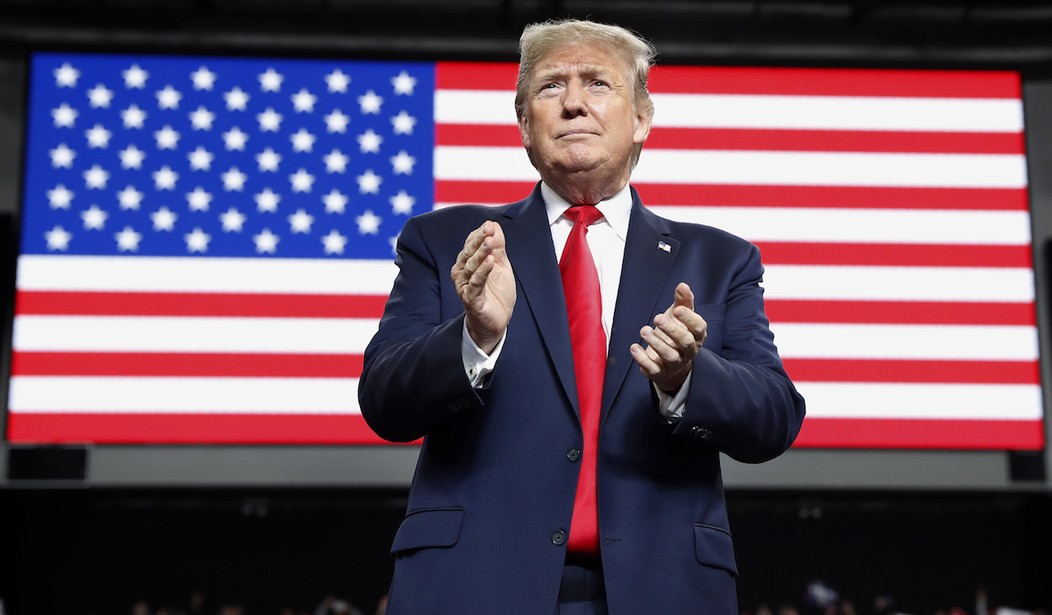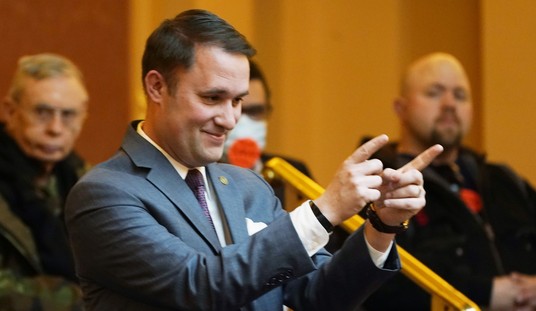Many conservatives are concerned about polling results regarding conservative issues, especially about President Trump. For example, the latest CNN poll found that 51% of voters believe the president should be impeached. How much credence should conservatives give these polls?
Mark Twain is credited with introducing into the American vernacular the phrase, “Lies, damned lies and statistics.” One of the pervasive damned lies people take for granted is the results of political polls, especially in the Trump era. Most polls show him behind several of the myriad candidates vying to represent Democrats in the 2020 election. But the American Association for Public Opinion Research confirms that “national polls in 2016 tended to under-estimate Trump’s support significantly more than Clinton’s.”
We are inundated with the latest polling on President Trump’s approval rating and how people are likely to vote in the 2020 election. Both bode poorly for the president, but he doesn’t believe them and neither should we. As an academic, I ran a research center that conducted local, state-wide and national public opinion polls and took a year’s leave of absence from my university to work for Lou Harris, founder of the Harris Poll.
Social Desirability
The reason why we shouldn’t believe most of the current or future polling results about President Trump can be summarized in two words: Social Desirability.
Social desirability is a concept first advanced by psychologist Allen L. Edwards in 1953. It advances the idea that when asked about an issue in a social setting, people will always answer in a socially desirable manner whether or not they really believe it. Political polling, whether by telephone or online, is a social setting. Respondents know that there is an audience who are posing the questions and monitoring their response. As a result, despite a respondent’s true belief, many will answer polling questions in what may appear to be a more socially desirable way, or not answer at all.
Recommended
When it comes to President Trump, the mainstream media and academics have led us to believe that it is not socially desirable (or politically correct) to support him. When up against such sizable odds, most conservatives will do one of three things: 1) Say we support someone else when we really support the president (lie); 2) tell the truth despite the social undesirability of that response; 3) Not participate in the poll (nonresponse bias).
This situation has several real consequences for Trump polling. First, for those in the initial voter sample unwilling to participate, the pollster must replace them with people willing to take the poll. Assuming this segment is made up largely of pro-Trump supporters, finding representative replacements can be expensive, time-consuming and doing so increases the sampling error rate (SER) while decreasing the validity of the poll. Sampling error rate is the gold standard statistic in polling. It means that the results of a particular poll will vary by no more than +x% than if the entire voter population was surveyed. All else being equal, a poll with a sampling error rate of +2% is more believable than one of +4% because it has a larger sample. Immediate polling on issues like President Trump’s impeachment may provide support to journalists with a point of view to broadcast, but with a small sample and high sampling error rates, the results aren’t worthy of one’s time and consideration.
Some political pollsters often get around the necessity of repeated sampling over the course of an election by forming a panel of people who match the demographics (party affiliation, age, gender, race, location, etc.) of registered voting public. Polling companies often compensate panel members and use them across the entire election cycle. Such panels are still subject to the effects of social desirability and initial substitution error.
Interpretive Bias
Another factor to consider is the institution that is conducting the poll and those reporting the data. Their progressive sensibilities are thumbing the scale of truth. In my experience, polls conducted by media companies are less credible since they are often guilty of the same biases seen in their news reports. The perfect example of this is The New York Times’s “Poll Watch,” which provides a weekly review of their political poll. My experience is that it reflects strongly the Times’s negative opinions about President Trump and conservative ideas and the paper’s heavy political bias.
Even the Harris Poll, when Lou was alive, suffered somewhat from this bias. Lou Harris was the first person to conduct serious political polling on a national level and is credited with giving John Kennedy the competitive advantage over Richard Nixon in the 1960 election. He made political polling de require for future elections. While many people point to Nixon’s twelve o’clock shadow during the televised debate, Harris gave Kennedy the real competitive advantage—a more complete grasp of what issues voters thought were most important and how to tailor his policy pitches toward that end.
I worked for Lou between 1999-2000. During the election season we would get the daily tab read-outs. While the results were pristine, Lou would interpret those numbers on NPR and in other media in a way that showed his clear Democrat bias. His wishful thinking that Al Gore would beat George W. Bush would color his interpretation of what the numbers meant. In the end, by a razon thin margin, Bush took the White House and Gore was relegated to inconvenient environmental truths. Similarly, the 2016 election saw Trump beat favorite Hillary Clinton by a significant electoral margin, despite the vast majority of polls giving Mrs. Clinton the edge by between 3-5%.
Where We Go from Here
Public opinion polling is generally not junk science although with some companies it can be. Companies like Gallup and Pew consistently do a good job of chronicling political opinion in America. At issue is the fact that these polling stalwarts don’t work for media companies and use large national samples from current voter rolls; they also tend to not put their thumbs on the interpretation of data. President Trump is a president unlike any other and most of his supporters don’t participate in political polls. Even Trump’s own pollsters were surprised by his 2016 win. We would do well during these fractured times to ignore political opinion polls for they will continue to be much to do about nothing. Just be sure to vote your conscience and that is nobody’s opinion but your own.
























Join the conversation as a VIP Member